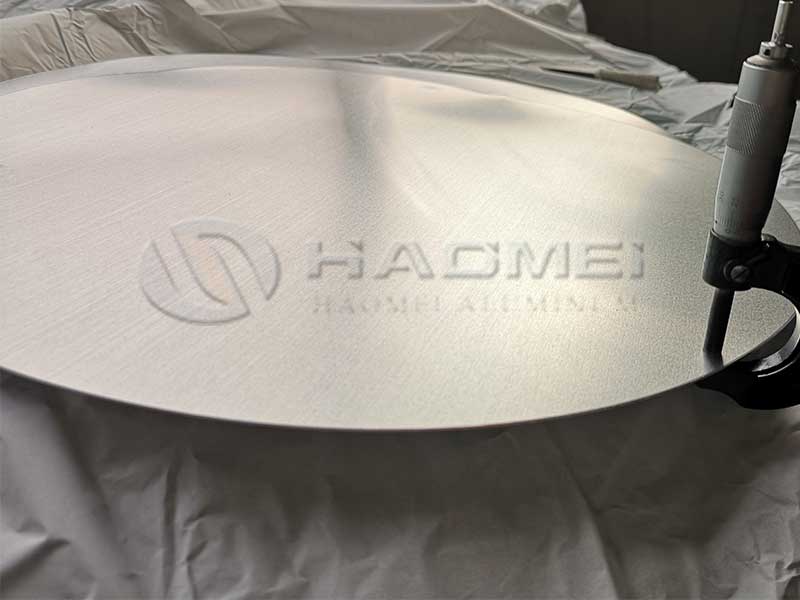Aluminum disc
Aluminum discs, also known as aluminum circles, are increasingly becoming a staple in various manufacturing industries due to their impressive characteristics. As an aluminum alloy expert, I’m excited to highlight the benefits, applications, and manufacturing processes involved in producing these vital components.
What Are Aluminum Discs?
Aluminum discs are circular pieces crafted from different aluminum alloys, primarily used for industrial applications. They are available in various thicknesses, diameters, and tempers, catering to an extensive range of requirements. Their inherent properties, such as lightweight nature, corrosion resistance, and excellent ductility, make aluminum circles a preferred choice for a multitude of applications.
Advantages of Using Aluminum Discs
1. Lightweight yet Strong
One of the most significant advantages of aluminum discs is their lightweight nature. They provide a strong and durable alternative to heavier materials while being easy to handle and transport.
2. Corrosion Resistance
Aluminum naturally forms a protective oxide layer, which provides an inherent resistance to rust and corrosion. This property enhances the longevity of the products made from aluminum discs, making them reliable components across various environments.
3. Excellent Thermal Conductivity
Aluminum is known for its excellent thermal conductivity, allowing for efficient heat transfer in applications such as cookware and heat sinks. This property not only improves functionality but also increases the overall performance of the finished products.
4. Versatility
The versatility of aluminum discs allows them to be used in countless applications, ranging from cookware and automotive parts to electrical components and decorative items. Here are some popular applications of aluminum circles:
-
Cookware: Aluminum discs are commonly used in manufacturing high-quality frying pans and cooking utensils due to their ability to distribute heat evenly.
-
Automotive Parts: The lightweight and durable nature of aluminum circles makes them ideal for parts in the automotive industry, such as wheel rims and body panels.
-
Electrical Insulation: Aluminum discs are used in the manufacturing of electrical insulation and packaging materials due to their non-corrosive properties.
The Manufacturing Process of Aluminum Discs
The journey of aluminum discs begins with selecting the appropriate aluminum alloy to ensure the finished products meet the required specifications. The manufacturing process typically involves:
-
Melting: Aluminum scrap or ingots are heated until they reach a molten state.
-
Casting: The molten aluminum is poured into molds to form ingots, which are then cooled and solidified.
-
Rolling: The ingots are hot-rolled or cold-rolled to the required gauge, depending on the desired thickness of the aluminum circles.
-
Stamping: Once the required thickness is achieved, aluminum discs are then stamped out in a variety of sizes using hydraulic presses.
-
Heat Treatment: Depending on their intended application, aluminum discs may undergo heat treatment to enhance their properties.


